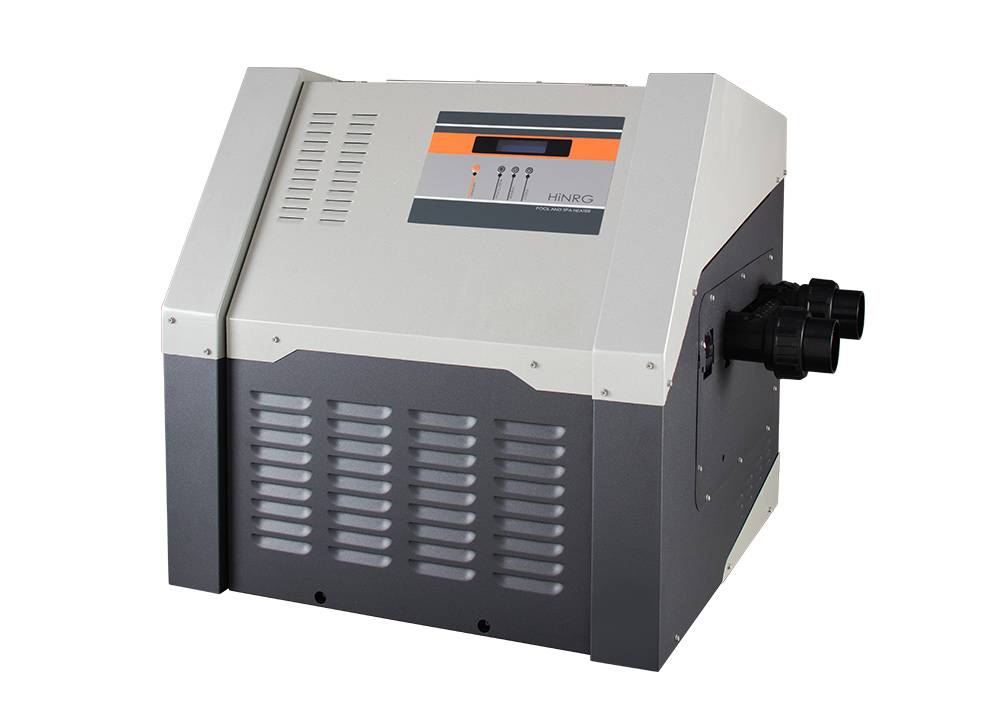Plumbing jobs often seem routine, but the impact of a well-maintained home plumbing system goes far beyond the obvious. A simple fix like a dripping faucet can reduce water usage and energy costs, as well as prevent costly repairs down the road.
Knowing when to DIY and when to call a plumber ensures your home’s plumbing system runs smoothly for years to come.

Installation
The plumbing system is the lifeblood of your home, carrying fresh water in and sewage out through pipes, fixtures, and appliances. Plumbers install these systems, following blueprints and building codes to ensure the layout is functional and safe. This includes laying new pipes, connecting showers, toilets, and sinks, and repairing existing ones.
They also install drainage systems, directing waste and wastewater into sewer lines or private septic tanks. This is a vital role, as clogged or blocked drains can lead to flooding, property damage, and health hazards.
In addition, plumbers are responsible for ensuring the proper installation of gas lines. This involves analyzing the type of gas used, installing and connecting appliances, and testing for leaks. While this may seem like a simple task, it can be dangerous and requires the attention of a licensed professional, such as a plumber Kilmore.
Other plumbing tasks include analyzing the current condition of plumbing systems and equipment, and providing recommendations on how to improve or repair them. This is a great way to increase your home’s energy efficiency, reduce water wastage, and avoid costly repairs in the future. Plumbers also provide customer service by answering questions, addressing concerns, and ensuring the satisfaction of their customers. This can involve working evenings or weekends to address urgent plumbing needs, such as burst pipes and clogged drains. This is a key aspect of the job that often goes unnoticed by homeowners.
Repair
Installing new plumbing systems involves connecting piping, fixtures, and appliances to provide water supply, drainage, and gas services. professional plumber Donnybrook follow blueprints and building codes to properly place and connect components. They also inspect existing plumbing to identify any potential issues or violations in Donnybrook. These professionals are adept at troubleshooting, able to quickly identify and repair problems like leaks, clogs, or malfunctioning equipment,
Home renovations often involve plumbing, from expanding and upgrading bathrooms to adding kitchen features like dishwashers or garbage disposals. These projects can be complex, requiring the plumber to cut through walls, floors, and ceilings to access and work on pipes. A plumber’s knowledge and experience ensure that these systems are installed correctly, ensuring efficiency and safety.
Plumbers must also be knowledgeable about local plumbing codes and regulations, to ensure that their work meets industry standards. This is particularly important during renovations, as a mistake could result in costly delays or even legal issues. Having a plumber on board from the planning stage can help prevent these issues and save time and money down the road

Maintenance
In addition to installing and repairing plumbing systems, plumber Wallan also conduct inspections to ensure that all work meets building codes and standards. They use specialized equipment like video cameras to inspect pipes and pressure gauges to test for leaks. When they find an issue, they must understand the cause and determine the best course of action to resolve it.
Plumbers may also be responsible for laying out the pipe system for new construction projects. In this role, they must read blueprints and architectural plans to determine the location of pipes and other infrastructure components. They then use their knowledge of construction techniques to effectively install the necessary plumbing infrastructure.
Since Plumbers often interact directly with clients, they must have strong customer service skills to provide effective solutions and ensure that all work is completed correctly. This can include explaining complex issues in simple terms and providing accurate estimates for repairs. Plumbers also need to be punctual and reliable as they are frequently called out to deal with emergency situations.
Plumbers typically enjoy practical, hands-on tasks and problem-solving. They tend to prefer working with real-world materials and tools, and they like following procedures and routines. If you’re looking for a Plumber job, be sure to include specific details about the work environment and shift requirements in your posting. This will help you attract applicants who are a good fit for the position.
Replacement
The plumbing system is more than just pipes that carry water in and out—it’s the lifeblood of your home, ensuring freshwater supplies and waste disposal are always available. During renovations, a plumber’s role is crucial to ensure that all of these systems are properly installed and functioning correctly to prevent future issues like leaks, clogs, or even floods.
In addition to installing new pipes, fixtures, and appliances, plumbers also repair or replace existing ones. This requires them to have a keen eye for detail and a strong understanding of how all the parts in a system work together. It’s also important for plumbers to have good customer service skills to listen to and address their customers’ concerns.
Aside from installation, plumbing repair, and maintenance, plumbers are often called in to perform inspections. These involve checking for a variety of things, including water pressure levels, identifying any water leaks, and locating blockages. This is important because catching any issues before they become major problems can save homeowners both time and money. In some cases, plumbing inspections may also include assessing whether or not a home meets its local building codes and regulations. This is especially important during renovations, when the layout of a home’s plumbing might change. For example, moving a toilet or sink from one side of the room to the other can require opening walls and cutting into the foundation.



